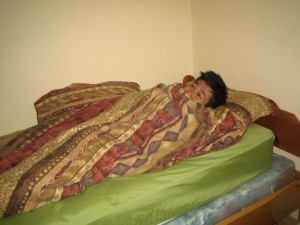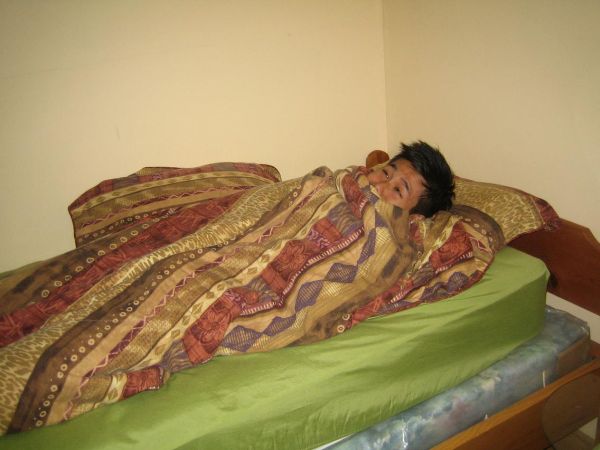Hypothermia is characterized as a dangerous drop in the body temperature. The condition is often considered as a cold injury since it can be triggered or aggravated by exposure to a cold environment. Hypothermia is known to increase the risk for death among individuals with blood vessel, heart and nerve issues.
The condition occurs if the body loses more heat that can be substituted by raising the amount of heat produced in the body via physical activity or by doubling warming from other sources such as the sun or a fire source. Remember that wind increases the loss of heat as well as sitting or lying on a cold surface or submerged in water.
Abrupt immersion to cold water can result to deadly hypothermia in 5-15 minutes. Nevertheless, a few individuals, mostly babies and young children have survived for as long as an hour fully submerged in ice water. The ensuing shock can turn off all symptoms, essentially protecting the body. In addition, it can also occur after extended exposure in only moderately cool water.
Indications of hypothermia

The primary symptoms include evident shivering and chattering of the teeth. As the body temperature drops further, the following occur:
- Cessation of shivering
- Movements become clumsy and slow
- Reaction time is longer
- Cloudy thinking
- Impaired judgement
It is important to note that the symptoms might develop in a gradual manner in some individuals that he/she does not realize what is happening. An individual might fall, wander off or lie down to rest.
Once the shivering stops, the individual become more sluggish and slips into a state of coma. The heart and breathing rate slow down and weaken. If very slow, the individual might seem to have no indications of life even though the heart is beating weakly. After some time, the heart stops.
If the body temperature is low, there is a higher risk for death. Take note that death can occur at body temperatures below 88 degrees F but likely to occur below 83 degrees F.
Management
Treatment outside a healthcare facility
In the initial phase, drying the body, changing into dry, warm clothing, covering with warm blankets and providing warm beverages can promote recovery. Among those who are unconscious, further loss of heat is prevented by covering the individual with a warm, dry blanket and if possible, remove damp clothing and transfer to a warm place while waiting for the emergency team to arrive.
Medical care
In a healthcare facility, the doctor warms the individual with heated oxygen administered via inhalation and warmed fluids intravenously or via the bladder, stomach, chest cavity or abdominal cavity via plastic tubes that are inserted.
The blood might be warmed via hemodialysis or using a heat-lung device. The doctor might assist the individual with breathing by inserting a plastic breathing tube via the mouth into the windpipe and mechanical ventilation. If the heart ceases to pump, CPR is carried out.

